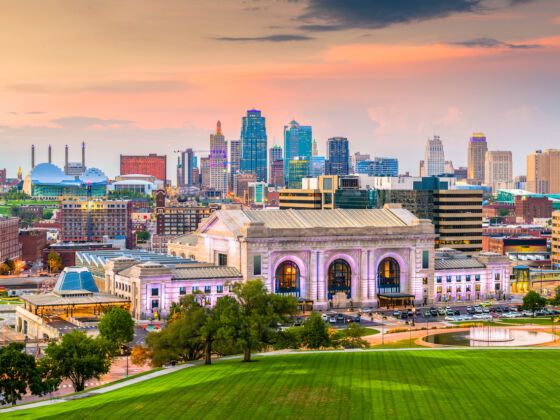What “Bleeding Kansas” means.
An out-of-towner may have heard the term “Bleeding Kansas” before, especially in recent articles about the Kansas state budget, but not really known what it means. The term was coined in the 1850’s to describe the violent conflicts breaking out between pro-slavery and anti-slavery forces near the Kansas/Missouri border just prior to the Civil War, before Kansas had determined itself to be a free state.
